When embarking on an exploration of Cuba’s urban tapestry, Havana undoubtedly stands as the crown jewel, a vibrant metropolis that seamlessly blends historic charm with a pulsating contemporary energy. This dynamic capital city is a veritable feast for the senses, where the echoes of its storied past resonate harmoniously with the vibrant spirit of its present-day inhabitants.
Upon setting foot in Havana, visitors are immediately enveloped in a whirlwind of sights, sounds, and aromas that define the city’s inimitable character. The narrow, winding streets of Old Havana (La Habana Vieja) beckon with their meticulously preserved colonial architecture, each building a testament to the city’s rich heritage. Strolling along these cobblestone pathways, one can’t help but marvel at the pastel-hued facades adorned with intricate wrought-iron balconies and ornate architectural details that transport you back in time.
Yet, Havana is far from a relic frozen in the past. Central Havana (Centro Habana) and Vedado, two of the city’s vibrant neighborhoods, pulse with a lively energy that is quintessentially Cuban. Here, the aroma of freshly brewed Cuban coffee mingles with the rhythmic beats of salsa music spilling out from lively cafés and bars, creating an infectious atmosphere that invites you to immerse yourself in the local culture.
One of the most iconic experiences in Havana is undoubtedly a leisurely cruise along the Malecón, the city’s famous seaside promenade. As the sun dips below the horizon, painting the sky in a kaleidoscope of hues, locals and visitors alike gather along this iconic stretch to socialize, sip rum, and revel in the city’s unparalleled charm.
Beyond its captivating streets and neighborhoods, Havana offers a wealth of cultural attractions that are sure to delight even the most discerning traveler. From the Fábrica de Arte Cubano, a multifaceted art and culture hub, to the iconic Coppelia ice cream parlor, where locals and tourists alike indulge in the city’s renowned frozen treats, Havana is a veritable playground for those seeking to immerse themselves in the vibrant tapestry of Cuban culture.
1. Trinidad: A Colonial Gem Steeped in History
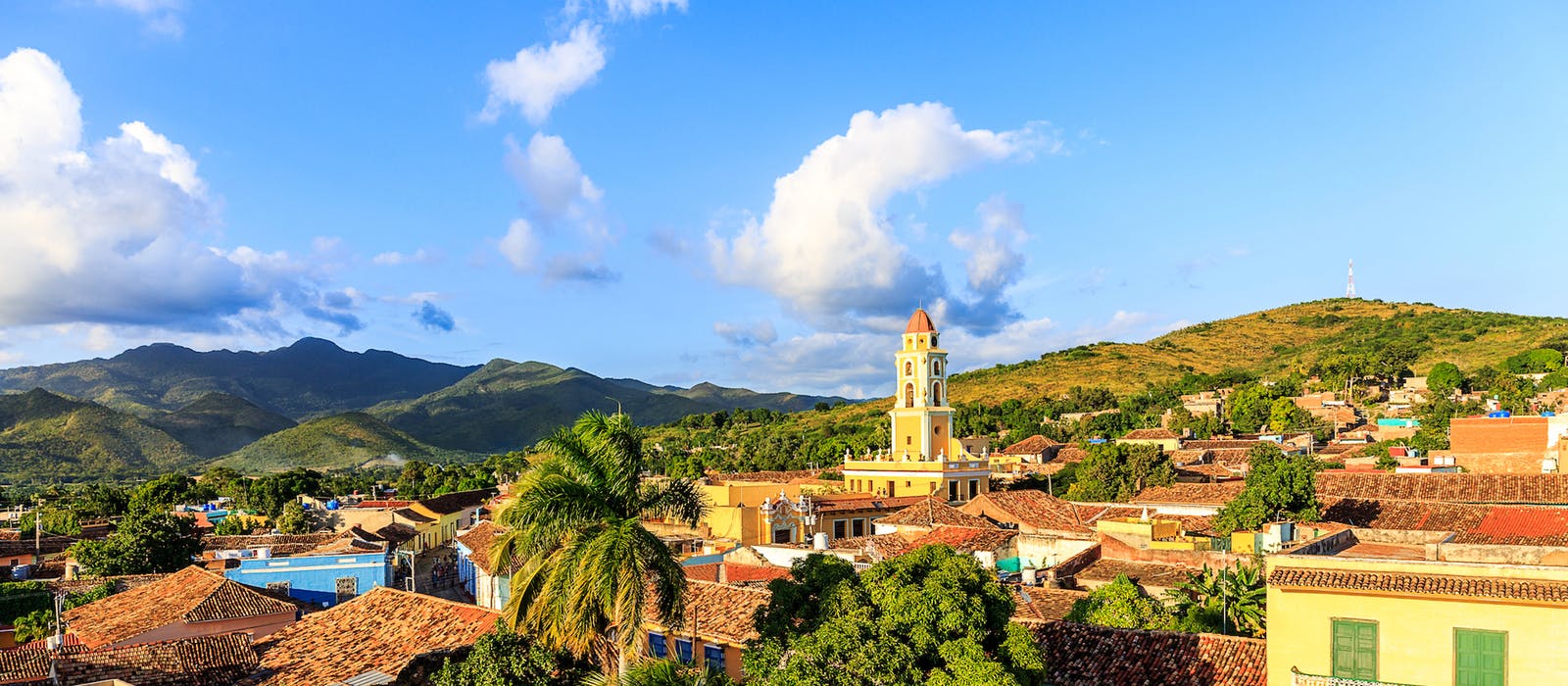 If Havana represents the beating heart of Cuba, then Trinidad is undoubtedly its soul, a meticulously preserved colonial town that transports visitors back to a bygone era. Nestled amidst the rolling hills and verdant valleys of central Cuba, this enchanting city is a UNESCO World Heritage Site, renowned for its impeccably maintained architecture and cobblestone streets that exude an unmistakable old-world charm.
If Havana represents the beating heart of Cuba, then Trinidad is undoubtedly its soul, a meticulously preserved colonial town that transports visitors back to a bygone era. Nestled amidst the rolling hills and verdant valleys of central Cuba, this enchanting city is a UNESCO World Heritage Site, renowned for its impeccably maintained architecture and cobblestone streets that exude an unmistakable old-world charm.
As you meander through Trinidad’s historic center, you’ll be struck by the sheer beauty of its colorful buildings, each one a masterpiece of colonial craftsmanship. From the iconic Plaza Mayor, where the city’s grandest structures converge, to the winding alleyways adorned with bougainvillea-draped walls, every corner of Trinidad is a visual feast that captivates the senses.
Beyond its architectural splendor, Trinidad offers a wealth of cultural experiences that allow visitors to delve deeper into the city’s rich heritage. The nearby Valle de los Ingenios, a UNESCO World Heritage Site in its own right, provides a glimpse into Cuba’s storied sugar plantation past, with remnants of once-thriving mills and haciendas dotting the picturesque landscape.
For those seeking a respite from the city’s historic charm, the nearby Playa Ancón beckons with its pristine white-sand beaches and crystal-clear waters. Considered one of the most beautiful stretches of coastline on Cuba’s southern shores, this idyllic beach offers the perfect opportunity to unwind and soak up the Caribbean sun after a day of exploring Trinidad’s captivating streets.
2. Santiago de Cuba: A Melting Pot of Afro-Cuban Culture
 Nestled on the eastern tip of the island, Santiago de Cuba is a vibrant metropolis that pulses with the rhythms of Afro-Cuban culture. Once the capital of Cuba, this dynamic city is a melting pot of influences, where the rich traditions of the island’s African diaspora have left an indelible mark on the local music, dance, and cuisine.
Nestled on the eastern tip of the island, Santiago de Cuba is a vibrant metropolis that pulses with the rhythms of Afro-Cuban culture. Once the capital of Cuba, this dynamic city is a melting pot of influences, where the rich traditions of the island’s African diaspora have left an indelible mark on the local music, dance, and cuisine.
As you wander through the historic center of Santiago de Cuba, you’ll be immediately struck by the city’s infectious energy, with the sounds of rumba and son music spilling out from lively cafés and bars. This is a place where the streets come alive with impromptu dance performances, and the air is thick with the tantalizing aromas of traditional Cuban cuisine.
One of the city’s most iconic landmarks is the Castillo de San Pedro de la Roca, a formidable Spanish fortress that offers breathtaking views of the city and the adjacent Caribbean Sea. This imposing structure, a testament to Santiago’s strategic importance during the colonial era, is a must-visit for history buffs and architecture enthusiasts alike.
For those seeking to immerse themselves in the city’s rich Afro-Cuban heritage, a visit to the Museo de la Ruta del Esclavo (Museum of the Slave Route) is an essential stop. This thought-provoking museum sheds light on the often-overlooked history of the transatlantic slave trade and its lasting impact on Cuban culture.
Beyond its cultural attractions, Santiago de Cuba is also a gateway to some of the island’s most stunning natural landscapes. The nearby Sierra Maestra mountain range, where Fidel Castro and his revolutionaries once waged their guerrilla war against Batista’s forces, offers ample opportunities for hiking, camping, and exploring Cuba’s rugged wilderness.
3. Varadero: A Beachside Paradise for Sun Worshippers
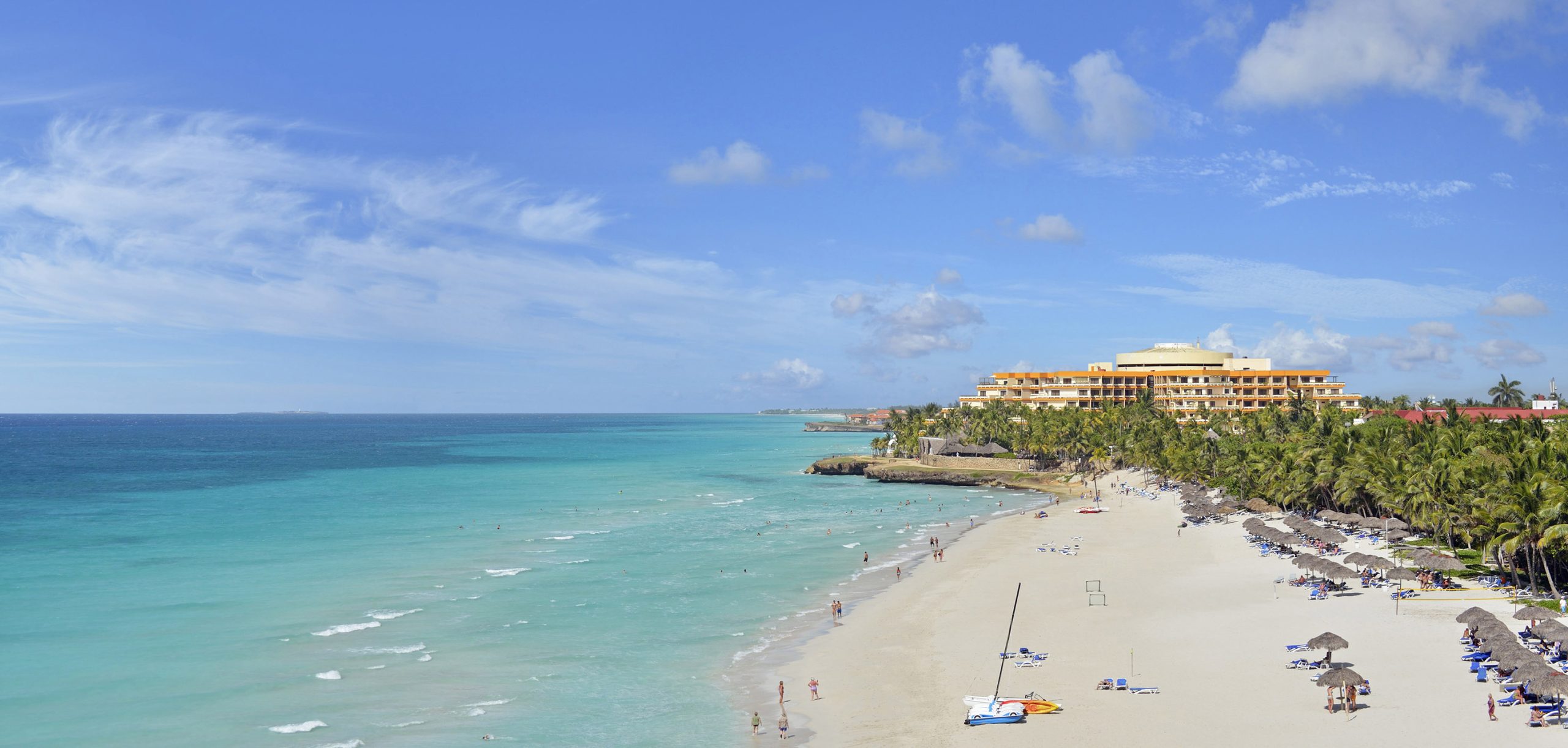 For those seeking an idyllic beachside escape, Varadero is an absolute paradise. Situated on the Hicacos Peninsula, along Cuba’s northern coast, this renowned resort town boasts over 20 kilometers (12 miles) of pristine white-sand beaches, fringed by the turquoise waters of the Atlantic Ocean.
For those seeking an idyllic beachside escape, Varadero is an absolute paradise. Situated on the Hicacos Peninsula, along Cuba’s northern coast, this renowned resort town boasts over 20 kilometers (12 miles) of pristine white-sand beaches, fringed by the turquoise waters of the Atlantic Ocean.
Varadero’s main draw is undoubtedly its beaches, which are widely regarded as some of the most beautiful in the Caribbean. From the bustling stretches of sand dotted with all-inclusive resorts and lively beach clubs to the more secluded coves and bays, there’s a spot to suit every taste and preference.
While Varadero is primarily a beach destination, the town itself offers a vibrant array of restaurants, bars, and shops that cater to the needs of its visitors. Whether you’re in the mood for authentic Cuban cuisine or international fare, you’ll find no shortage of dining options to satisfy your cravings.
For those seeking a break from the beach, Varadero also offers a variety of water sports and activities, from snorkeling and scuba diving to sailing and deep-sea fishing. The crystal-clear waters that surround the peninsula are teeming with marine life, making them an ideal playground for underwater exploration and adventure.
4. Playa Girón: A Historic Gem on the Bay of Pigs
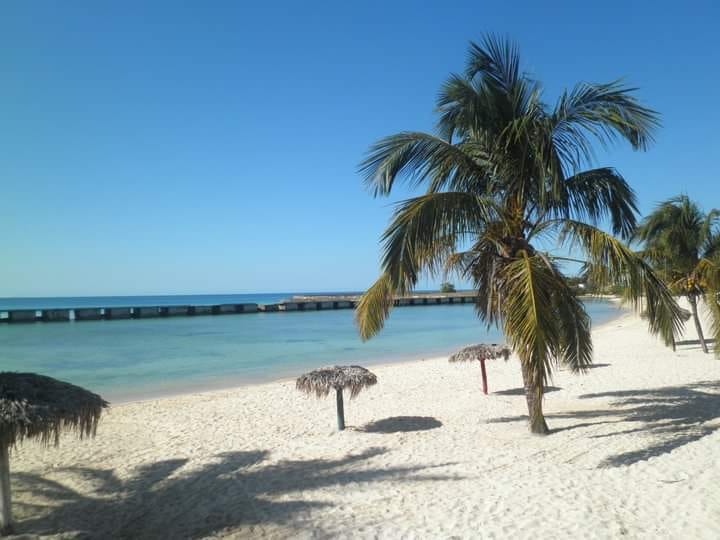 While Playa Girón may not be as well-known as some of Cuba’s other cities, this small coastal town holds a significant place in the island’s history. Situated at the entrance of the Bahía de Cochinos (Bay of Pigs), Playa Girón was the site of the infamous failed U.S. invasion of Cuba in 1961, a pivotal moment in the Cuban Revolution.
While Playa Girón may not be as well-known as some of Cuba’s other cities, this small coastal town holds a significant place in the island’s history. Situated at the entrance of the Bahía de Cochinos (Bay of Pigs), Playa Girón was the site of the infamous failed U.S. invasion of Cuba in 1961, a pivotal moment in the Cuban Revolution.
Today, however, Playa Girón is a tranquil destination that offers visitors a chance to escape the hustle and bustle of Cuba’s larger cities and immerse themselves in the island’s natural beauty. The town’s pristine beaches, such as Caleta Buena and Playa Larga, are perfect for swimming, sunbathing, and simply soaking up the Caribbean sun.
For those seeking a more unique aquatic experience, the Cueva de los Peces (Fish Cave) is a must-visit. This massive sinkhole, similar to Mexico’s famous cenotes, is filled with crystal-clear water and an abundance of tropical fish, making it an ideal spot for snorkeling and swimming.
Beyond its beaches and natural attractions, Playa Girón serves as a gateway to the Ciénaga de Zapata, one of Cuba’s most fascinating and ecologically diverse national parks. This vast wetland area is home to a wide array of flora and fauna, including rare and endangered species, making it a true paradise for nature lovers and birdwatchers.
5. Viñales: A Breathtaking Valley of Karst Landscapes
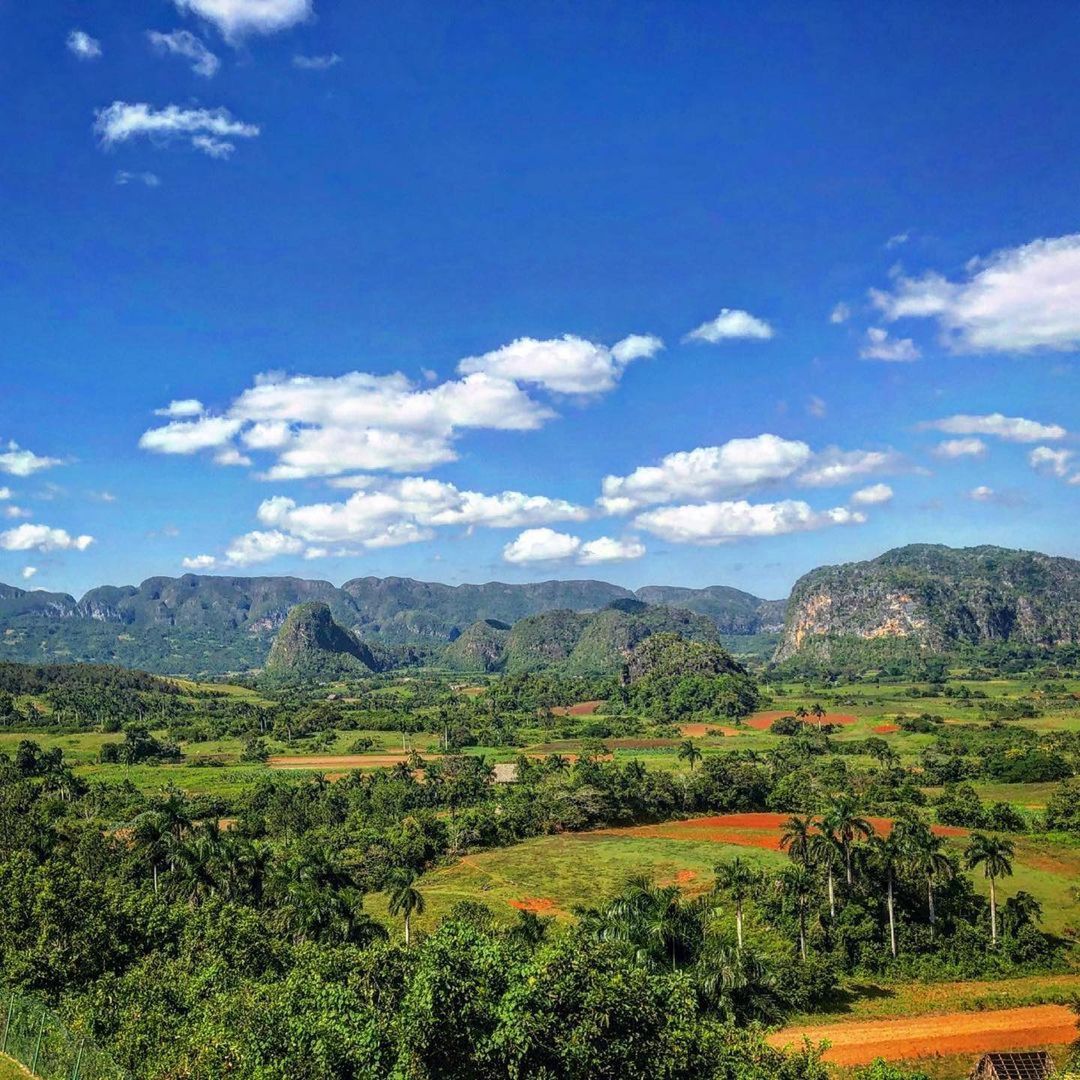 Nestled in the heart of Cuba’s western tobacco-growing region, the small town of Viñales is a true gem that offers visitors a unique glimpse into the island’s rural charm and natural wonders. While the town itself is relatively unassuming, the real draw lies in the surrounding Valle de Viñales (Viñales Valley), a UNESCO World Heritage Site renowned for its striking karst landscapes.
Nestled in the heart of Cuba’s western tobacco-growing region, the small town of Viñales is a true gem that offers visitors a unique glimpse into the island’s rural charm and natural wonders. While the town itself is relatively unassuming, the real draw lies in the surrounding Valle de Viñales (Viñales Valley), a UNESCO World Heritage Site renowned for its striking karst landscapes.
As you venture into the valley, you’ll be greeted by a panorama of towering limestone mogotes (haystack hills) that rise majestically from the otherwise flat terrain. These unique geological formations, created over millions of years by the erosion of water and wind, are a true marvel to behold, offering countless opportunities for hiking, rock climbing, and simply taking in the breathtaking vistas.
One of the best ways to experience the valley’s beauty is by embarking on a guided hiking tour, which will take you through lush tobacco plantations, past hidden caves and grottoes, and to some of the most stunning viewpoints in the region. Along the way, you’ll have the chance to learn about the traditional methods of tobacco cultivation and even witness the art of hand-rolling Cuban cigars.
For those seeking a more leisurely experience, the Balcón del Valle (Balcony of the Valley) offers a panoramic view of the mogotes and the surrounding countryside. This scenic overlook is the perfect spot to sip a refreshing mojito or Cuban coffee while taking in the stunning natural beauty that surrounds you.
6. Cienfuegos: A Neoclassical Gem on the Southern Coast
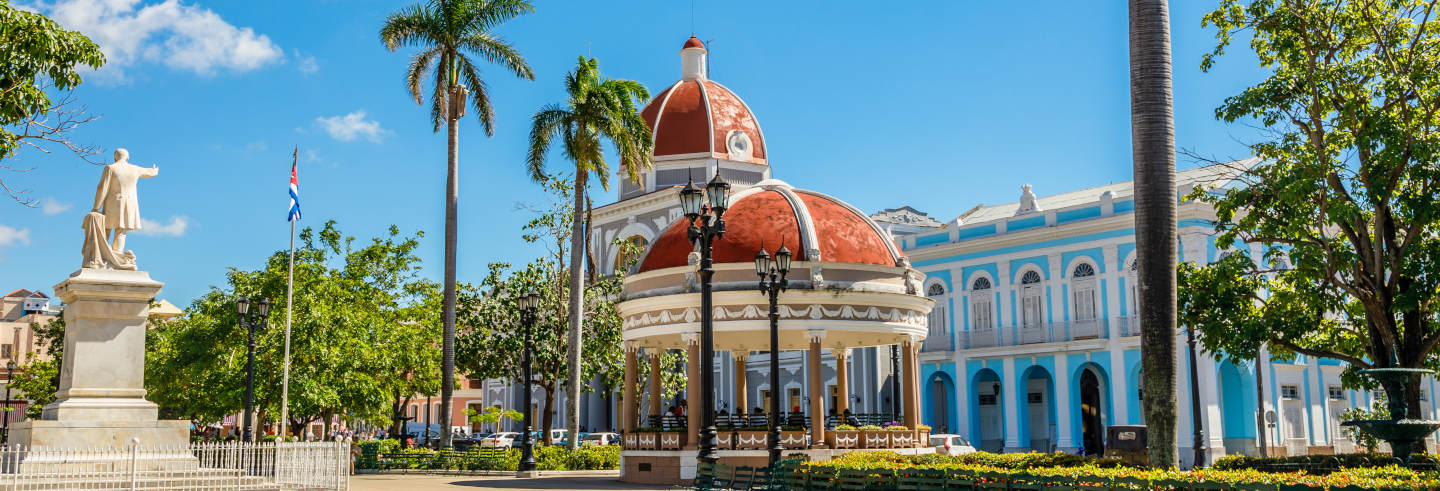 Situated along Cuba’s picturesque southern coast, the city of Cienfuegos is a true architectural gem that seamlessly blends neoclassical elegance with a laid-back Caribbean charm. This UNESCO World Heritage Site boasts one of the highest concentrations of neoclassical buildings in the Caribbean, making it a must-visit destination for architecture enthusiasts and history buffs alike.
Situated along Cuba’s picturesque southern coast, the city of Cienfuegos is a true architectural gem that seamlessly blends neoclassical elegance with a laid-back Caribbean charm. This UNESCO World Heritage Site boasts one of the highest concentrations of neoclassical buildings in the Caribbean, making it a must-visit destination for architecture enthusiasts and history buffs alike.
As you stroll through Cienfuegos’ historic center, you’ll be struck by the grandeur of its imposing palaces and mansions, each one a testament to the city’s prosperous past. The Palacio Ferrer and the Palacio del Valle are two of the most iconic structures, their ornate facades and intricate details leaving a lasting impression on all who behold them.
Beyond its architectural marvels, Cienfuegos offers a wealth of cultural attractions, including museums, parks, and plazas that provide a glimpse into the city’s rich history and traditions. The Catedral de la Purísima Concepción, with its towering spires and intricate stonework, is a true masterpiece of religious architecture and a must-visit for those seeking to immerse themselves in the city’s spiritual heritage.
For those seeking a respite from the city’s bustling streets, the Malecón (seaside promenade) offers a tranquil escape, where you can stroll along the waterfront, take in the gentle sea breezes, and watch as the sun dips below the horizon, painting the sky in a kaleidoscope of colors.
7. Holguín: A Hidden Gem of Pristine Beaches and Colonial Charm
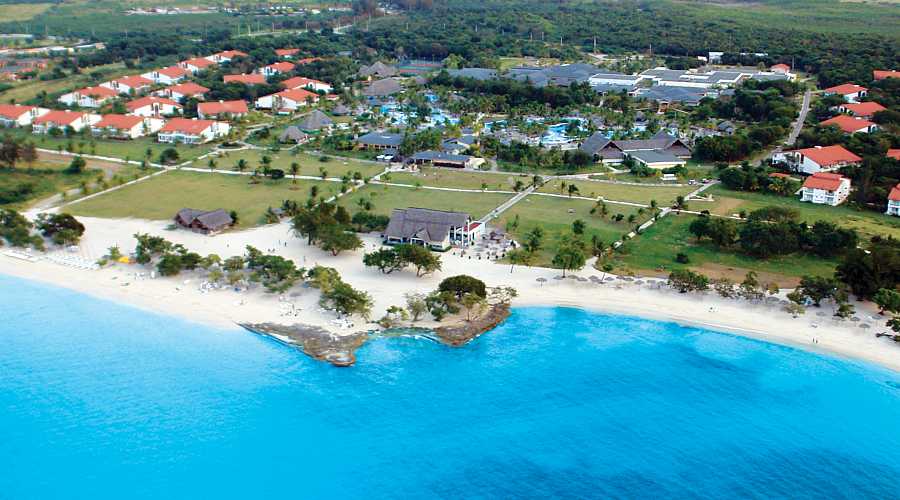 Nestled in eastern Cuba, the province of Holguín is a true hidden gem that offers visitors a unique blend of pristine beaches, colonial charm, and a laid-back atmosphere that is quintessentially Cuban. While the city of Holguín itself may not be as well-known as some of Cuba’s other urban centers, it is a delightful destination that provides a glimpse into the island’s authentic way of life.
Nestled in eastern Cuba, the province of Holguín is a true hidden gem that offers visitors a unique blend of pristine beaches, colonial charm, and a laid-back atmosphere that is quintessentially Cuban. While the city of Holguín itself may not be as well-known as some of Cuba’s other urban centers, it is a delightful destination that provides a glimpse into the island’s authentic way of life.
The historic center of Holguín is a charming enclave of colonial architecture, with its narrow streets, pastel-hued buildings, and lively plazas evoking a sense of timeless charm. Here, you can wander at your leisure, taking in the sights and sounds of daily life as locals go about their routines, or simply relax in one of the many cafés and enjoy a cup of rich Cuban coffee.
But it is Holguín’s beaches that truly steal the show. From the powdery white sands of Playa Pesquero to the crystalline waters of Playa Esmeralda and the tranquil coves of Guardalavaca, this region boasts some of the most breathtaking stretches of coastline in all of Cuba. Whether you’re seeking a lively beach scene or a secluded slice of paradise, Holguín has something to offer every type of traveler.
For those seeking a more immersive cultural experience, the nearby Parque Nacional Alejandro de Humboldt offers a chance to explore Cuba’s diverse ecosystems and catch a glimpse of the island’s unique flora and fauna. Guided tours through this vast national park are a must for nature lovers and adventure seekers alike.
8. Santa Clara: A Revolutionary City and Gateway to Stunning Cays
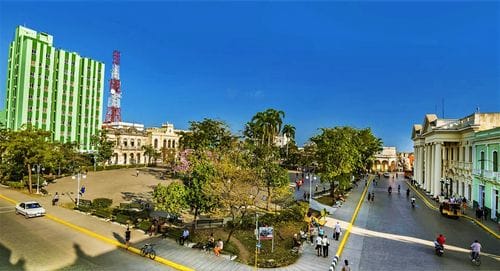 Nestled in the heart of Cuba, the city of Santa Clara may not be as well-known as some of the island’s other urban centers, but it holds a special place in the nation’s history as the site of one of the most pivotal battles of the Cuban Revolution. Here, visitors can delve into the country’s revolutionary past at the Mausoleum of Che Guevara, a powerful memorial that honors the life and legacy of the iconic revolutionary leader.
Nestled in the heart of Cuba, the city of Santa Clara may not be as well-known as some of the island’s other urban centers, but it holds a special place in the nation’s history as the site of one of the most pivotal battles of the Cuban Revolution. Here, visitors can delve into the country’s revolutionary past at the Mausoleum of Che Guevara, a powerful memorial that honors the life and legacy of the iconic revolutionary leader.
Beyond its historical significance, Santa Clara serves as a gateway to some of Cuba’s most stunning natural attractions, including the breathtaking Cayo Santa María. This idyllic island paradise, located just off the northern coast, boasts pristine white-sand beaches, crystal-clear turquoise waters, and an abundance of marine life that make it a true snorkeling and diving haven.
For those seeking a more laid-back experience, the city of Santa Clara itself offers a charming glimpse into everyday Cuban life. Stroll through the historic center, where colonial-era buildings and lively plazas provide a glimpse into the city’s rich cultural heritage, or simply relax in one of the many cafés and soak up the local atmosphere.
9. Baracoa: A Tropical Paradise Steeped in History and Nature
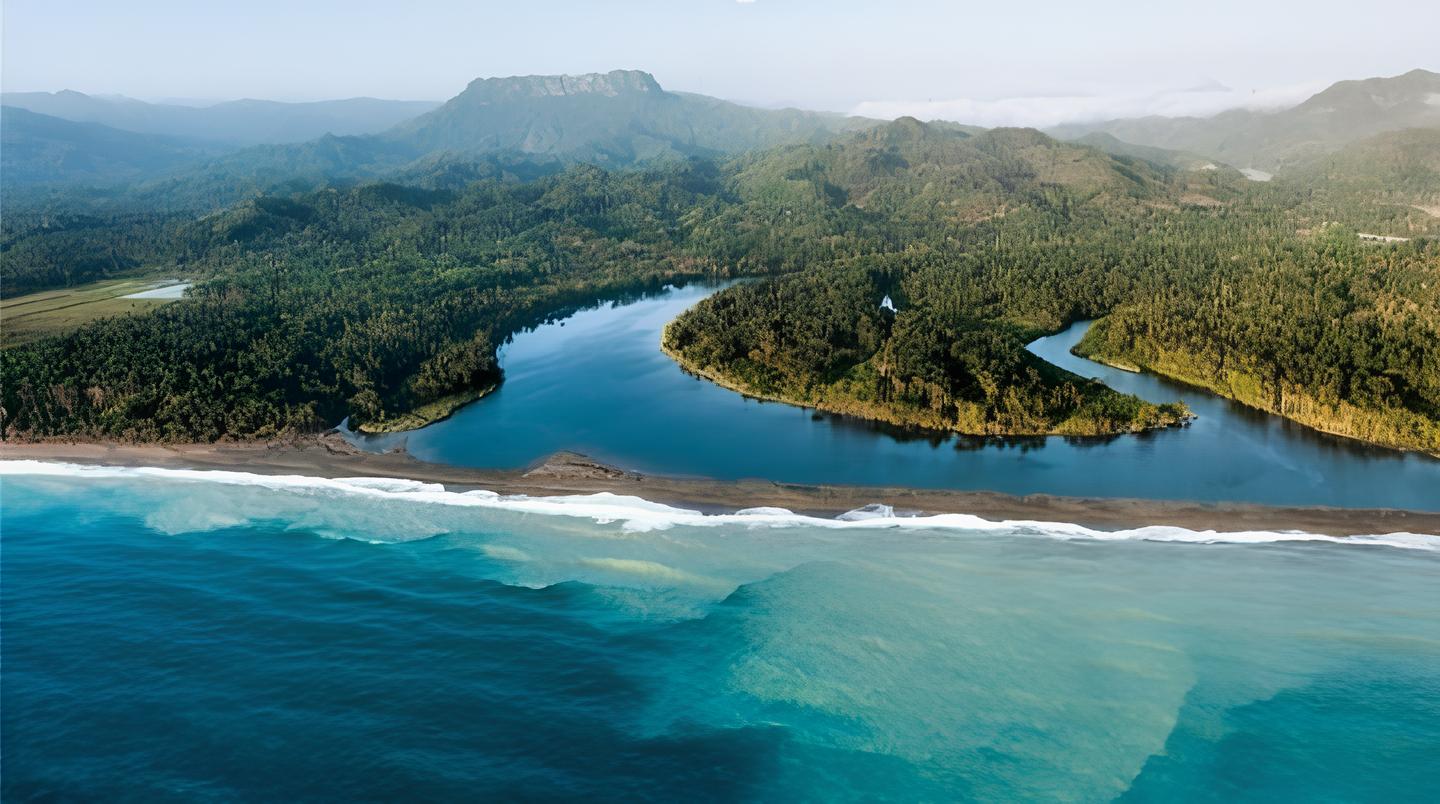 Nestled in the easternmost reaches of Cuba, the small city of Baracoa is a true tropical paradise that seamlessly blends a rich cultural heritage with stunning natural beauty. This charming colonial town, believed to be the first place where Christopher Columbus set foot on Cuban soil, is a captivating destination that offers visitors a chance to step back in time and immerse themselves in the island’s authentic charm.
Nestled in the easternmost reaches of Cuba, the small city of Baracoa is a true tropical paradise that seamlessly blends a rich cultural heritage with stunning natural beauty. This charming colonial town, believed to be the first place where Christopher Columbus set foot on Cuban soil, is a captivating destination that offers visitors a chance to step back in time and immerse themselves in the island’s authentic charm.
As you wander through Baracoa’s historic center, you’ll be struck by the city’s well-preserved colonial architecture, with its colorful buildings, narrow streets, and lush tropical foliage creating a truly enchanting atmosphere. The iconic El Yunque, a unique anvil-shaped mountain that dominates the city’s skyline, is a must-visit for hikers and nature enthusiasts, offering breathtaking views of the surrounding landscape.
But Baracoa’s true allure lies in its natural wonders. The nearby Alejandro de Humboldt National Park is a UNESCO World Heritage Site that boasts a staggering diversity of plant and animal life, making it a true paradise for eco-tourists and nature lovers. Guided tours through the park’s lush rainforests, crystal-clear rivers, and hidden waterfalls offer an unforgettable glimpse into Cuba’s rich natural heritage.
For those seeking a more immersive cultural experience, Baracoa’s local cuisine is a true highlight. The town is renowned for its unique culinary traditions, including dishes like cucurucho (a savory coconut-based stew) and the iconic banana-based dessert, platano burro. Sampling these delicacies in the homes of local families is an experience that truly captures the warmth and hospitality of the Cuban people.
—
Be sure to tag us in your photos and videos @resortcaribbean, and follow our socials: Instagram, Facebook, YouTube.

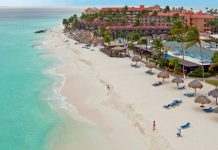
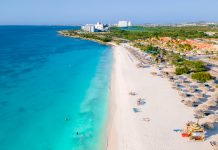

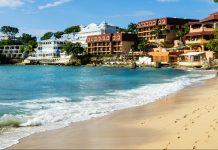

![What You Need to Know before Visiting Azul Beach Resort Negril Jamaica Gourmet All-Inclusive [Resort Review] Azul Beach Resort Pool](https://resortcaribbean.co/wp-content/uploads/2021/09/20210828_091210-2-100x70.jpg)
![Visiting Ocean Coral Spring – One of Jamaica’s Most Famous Resorts [Resort Review] Visiting Ocean Coral Spring - One of Jamaica's Most Famous Resorts](https://resortcaribbean.co/wp-content/uploads/2021/11/20211106_155809-scaled-e1716408051807-100x70.jpg)